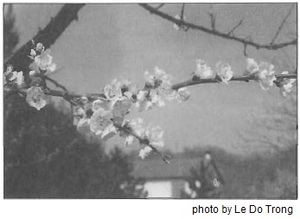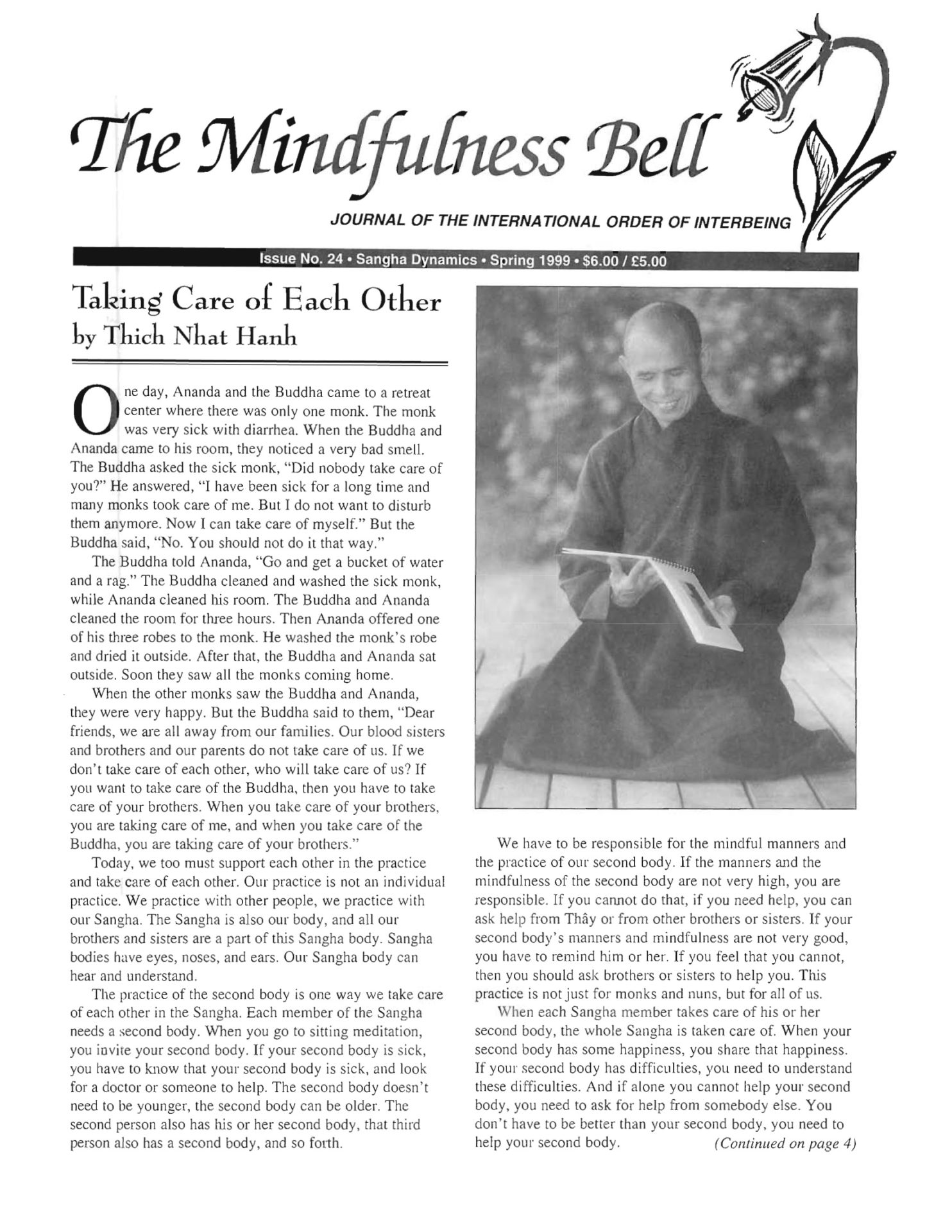By Svein Myreng
Ten people sit facing each other in a circle. The room is silent. A pleasant silence-or is it beginning to feel uncomfortable? Then, one person joins her palms and bows slightly. The others answer her greeting and she begins to speak-slowly and with many pauses at first, then more confidently.
Dharma discussion, one of the most important practices in our tradition, provides an opportunity to explore our understanding of the teachings, and share personal experiences and deep feelings.
By Svein Myreng
Ten people sit facing each other in a circle. The room is silent. A pleasant silence-or is it beginning to feel uncomfortable? Then, one person joins her palms and bows slightly. The others answer her greeting and she begins to speak-slowly and with many pauses at first, then more confidently.
Dharma discussion, one of the most important practices in our tradition, provides an opportunity to explore our understanding of the teachings, and share personal experiences and deep feelings. It is also an exercise in speaking and listening attentively. A good Dharma discussion is a meditative experience in itself.
For the sharing to be open and everyone to feel included, certain conditions need to be fulfilled. The group should not be too big-in my experience, eight to twelve people is optimal. If there are more, each will have less time, and the more shy participants will find it difficult to speak. Sometimes, it's possible to split a larger group into smaller ones.

Greeting each other with joined palms before and after speaking gives each speaker the time to pause, search for words, or calm herself without being interrupted. The listeners just listen, not needing to think of when they will speak or what they will say. They can really hear what the speaker says. Some of us may fear that people find the custom of joining palms too foreign, but I've rarely experienced that. It's more often the case that I, as facilitator, fear negative reactions to bowing, but the participants say they enjoyed it.
The discussion facilitator needs to be especially focused on listening. It's easy for a facilitator to speak too much. This can rob the other participants of the chance to express themselves. Often, the facilitator is a long-time practitioner, who may fall into the trap of thinking she knows the answer and needs to teach the other participants. The discussion then turns into a mini-Dharma talk instead of a place for open sharing. Even the newest practitioner has something to teach the most experienced one. We are all on our way, and we all have different life experiences and insights. In more conservative Buddhist circles, it's unthinkable that a monk or a Dharma teacher can learn something from laypeople or inexperienced practitioners. I think we are more enlightened than that.
Participating in a Dharma discussion group is a wonderful chance to learn. Facilitating a Dharma discussion group is also a wonderful chance to learn. Bodhisattvas always remember to listen and learn in order to develop their understanding and eloquence, says the Sutra on the Eight Realizations of the Great Beings. Our task is to deepen our own understanding and love. By doing this, we help others.
Sometimes a facilitator may speak too much out of fear of silence. There may be long pauses when no one says anything, and these pauses may start to feel embarrassing.
Perhaps the facilitator feels that she must do something to keep the discussion going. Often, however, it's after a longer pause that shy participants speak. Or the pause gives someone the courage to bring up something important to them, but a bit scary to mention. So I try to stretch my own patience as much as I can. I have noticed that I tend to feel responsible to make the discussion a good one, and have less tolerance towards longer pauses. A somewhat humbling insight, but true.
Once, in Plum Village, our Dharma discussion group experimented with passing a flower around the circle to give everybody the chance to say something. This may be good occasionally, but can feel intrusive to someone who really doesn't want to speak. When there are enough pauses, most people find the opportunity to speak when they feel ready. It's also possible to ask toward the end if someone who hasn't said anything yet wants to speak. If someone still doesn't want to speak, we should not urge them. Many times after a Dharma discussion, people have told me that they were happy just listening. At times, people will also feel freer to express themselves privately after the group.
By being open about her own difficulties and mistakes, the facilitator makes it easier for others to be open. But the facilitator has to hold a fine balance between actively encouraging people to speak and quietly letting things unfold, between bringing in her own experience and letting others speak as much as possible. Remembering to breathe and listen is our great tool for keeping this balance.
Dharma teacher Svein Myreng, True Door, is the author of Plum Poems (Parallax Press, 1999).

